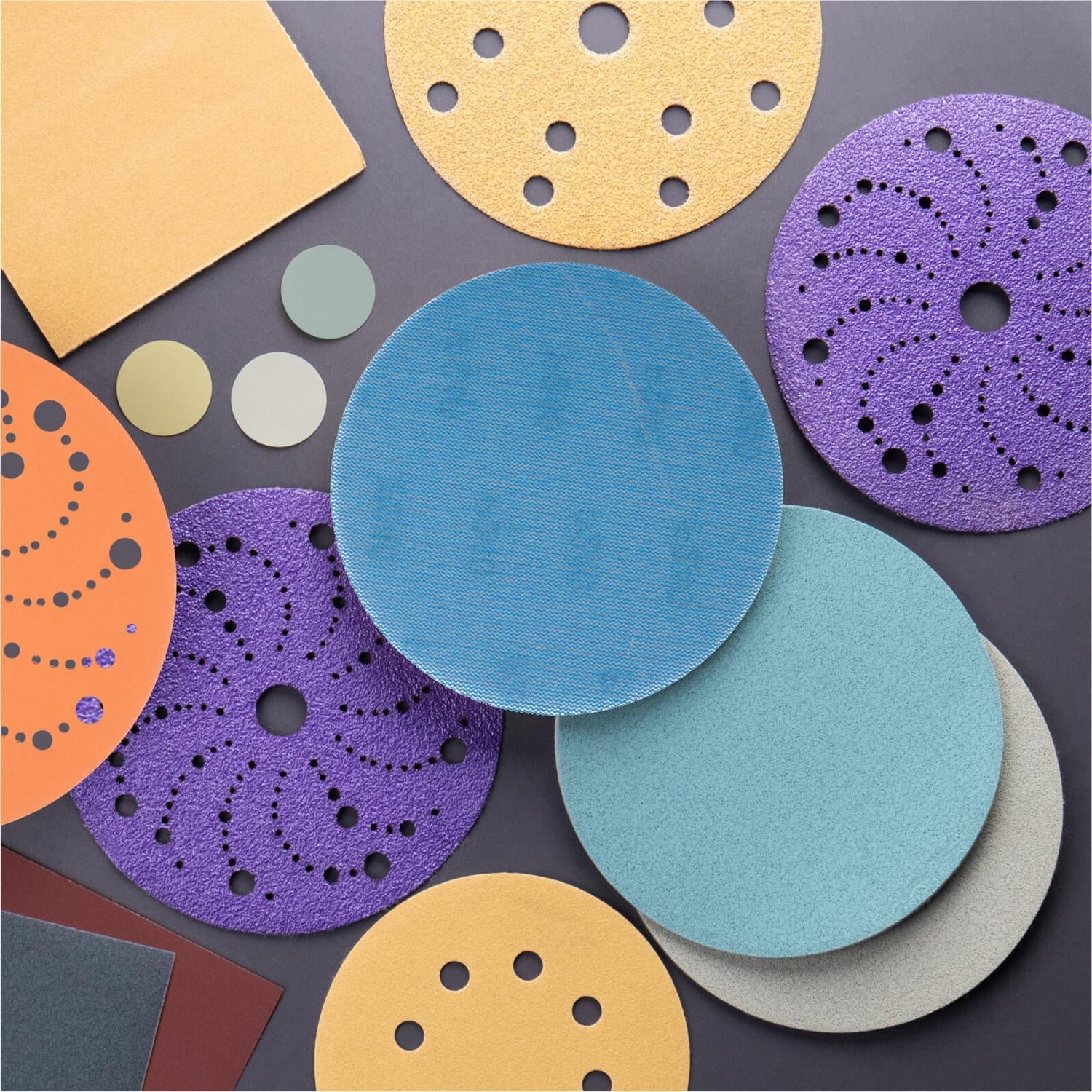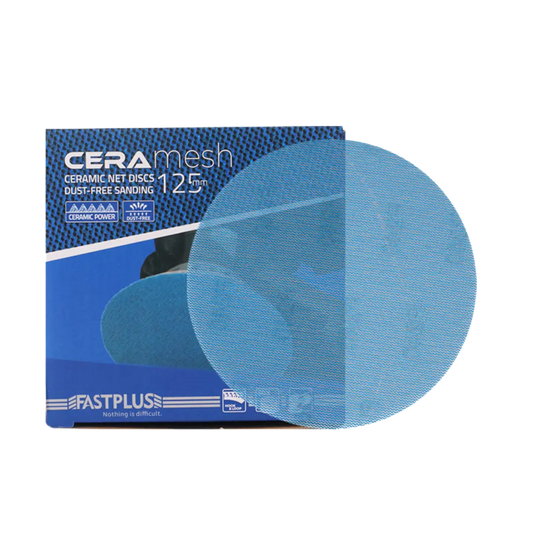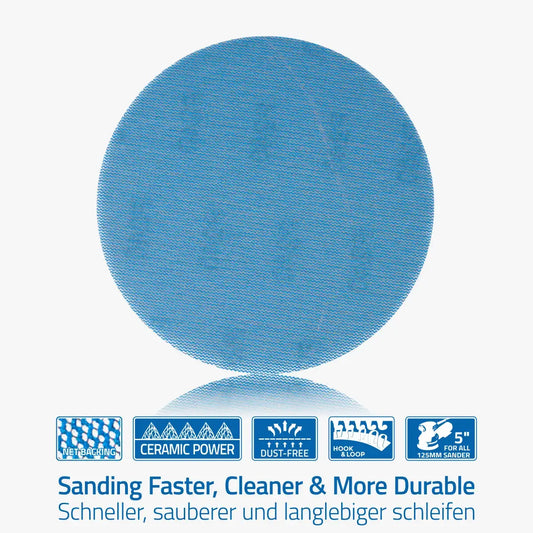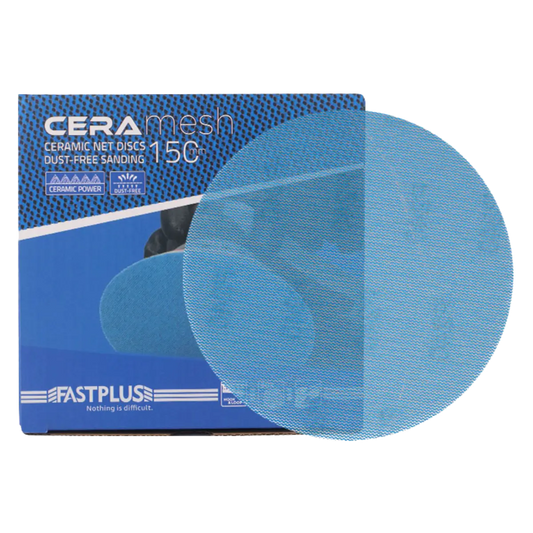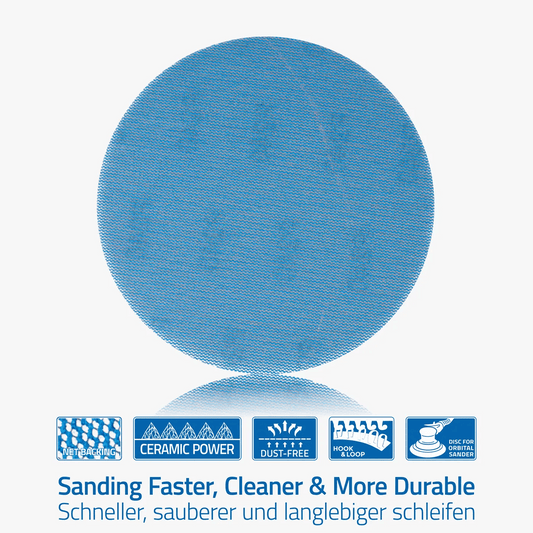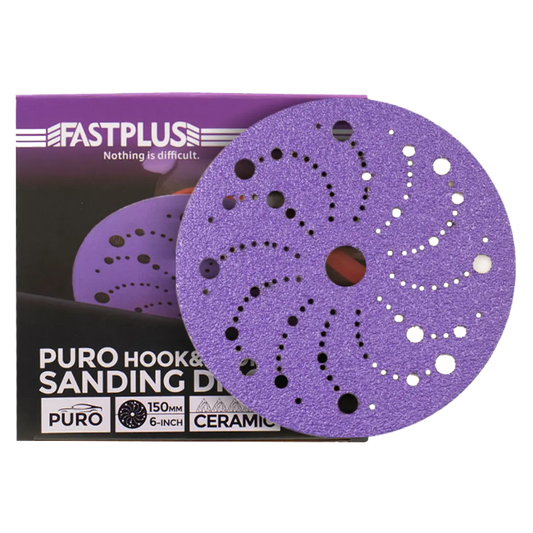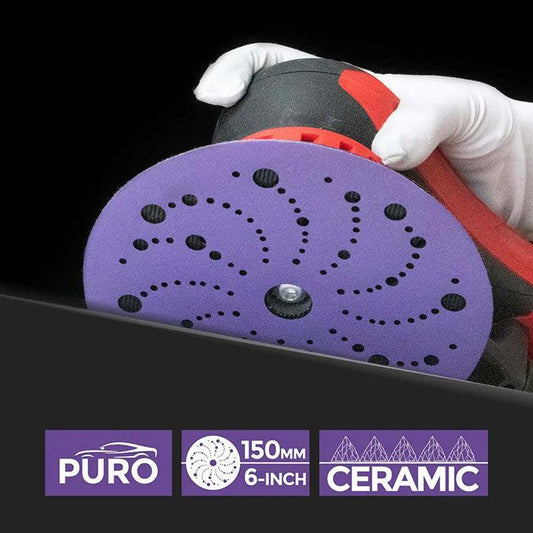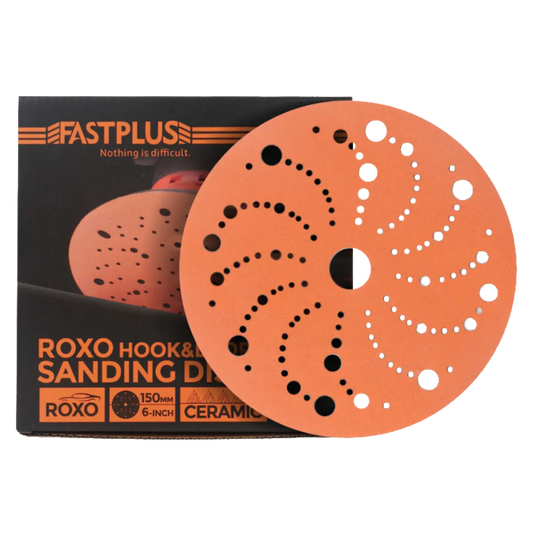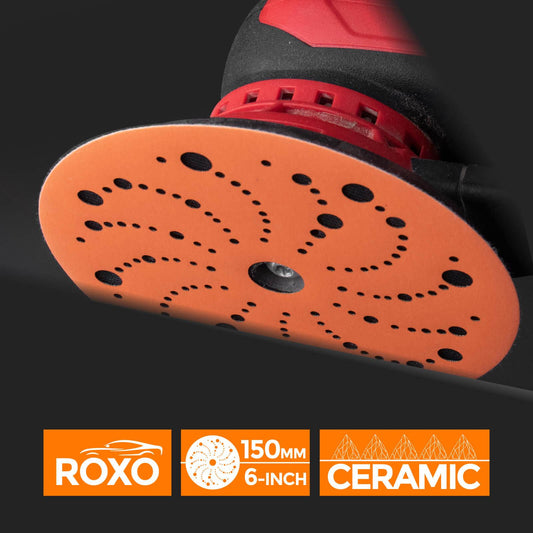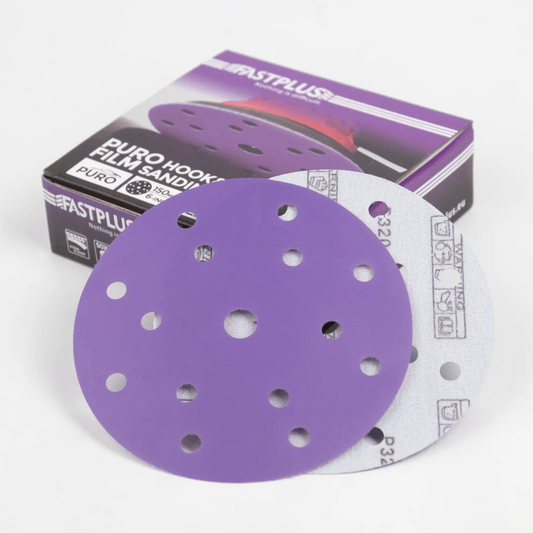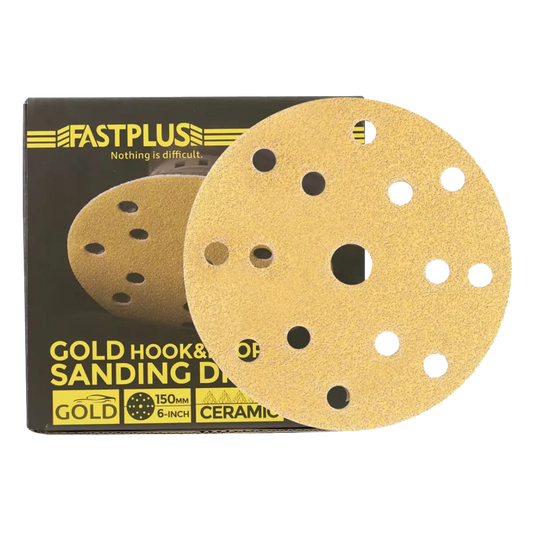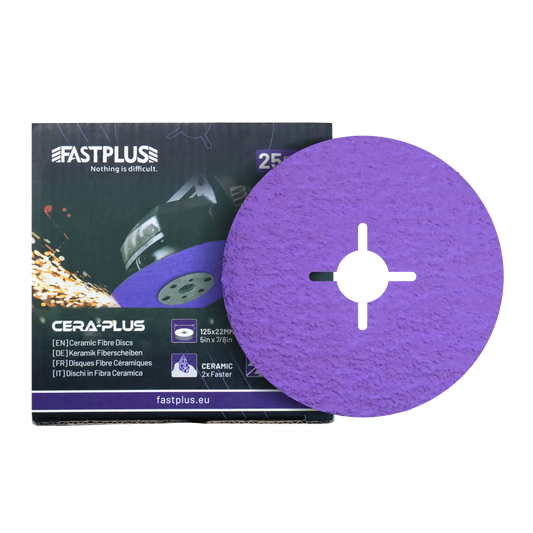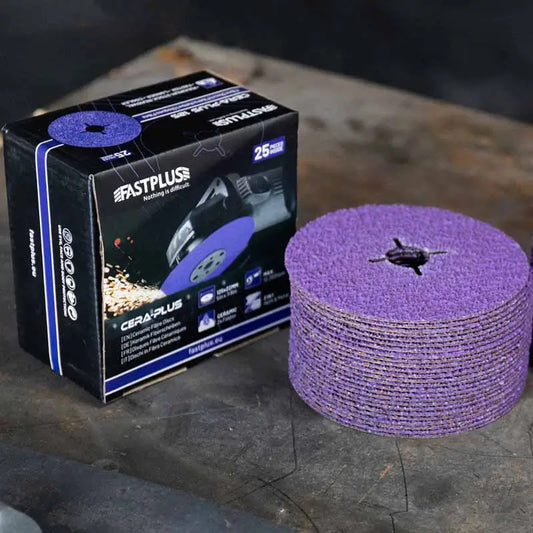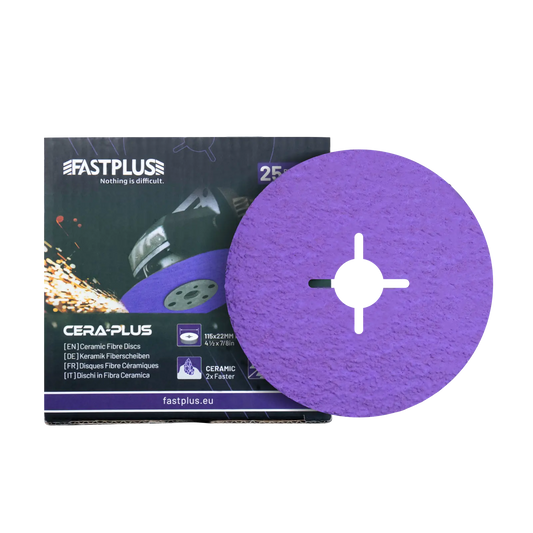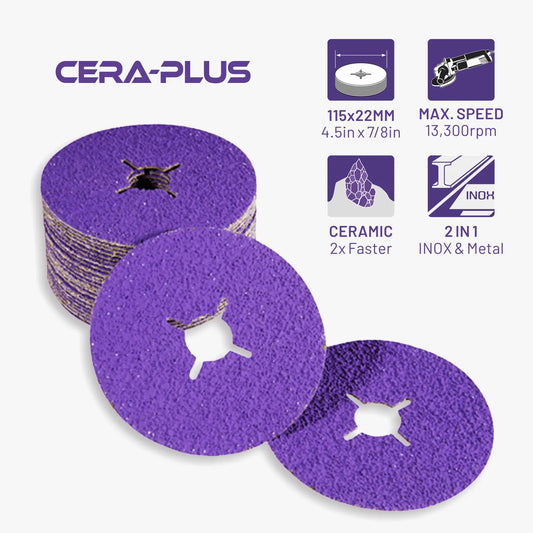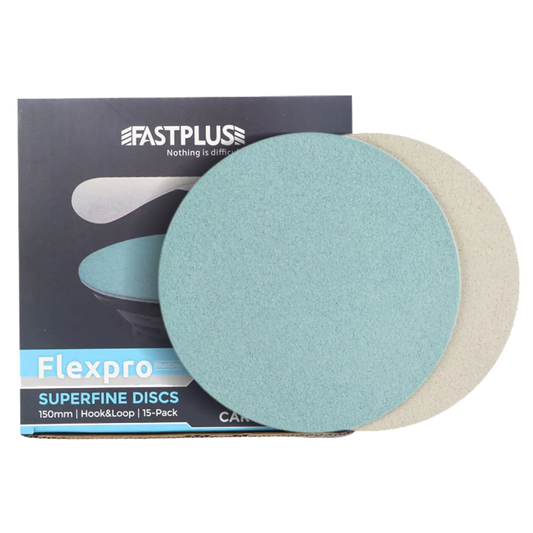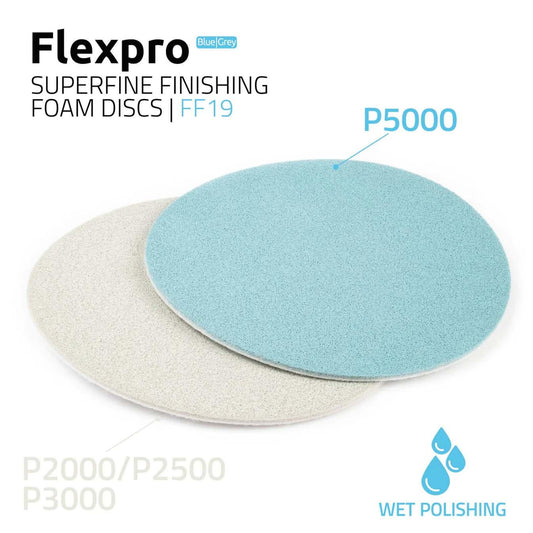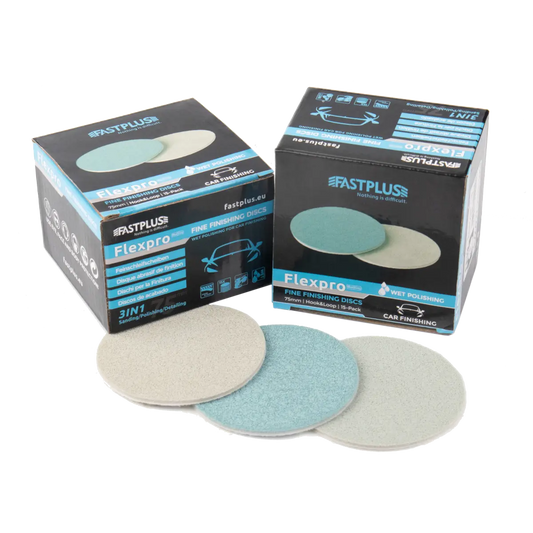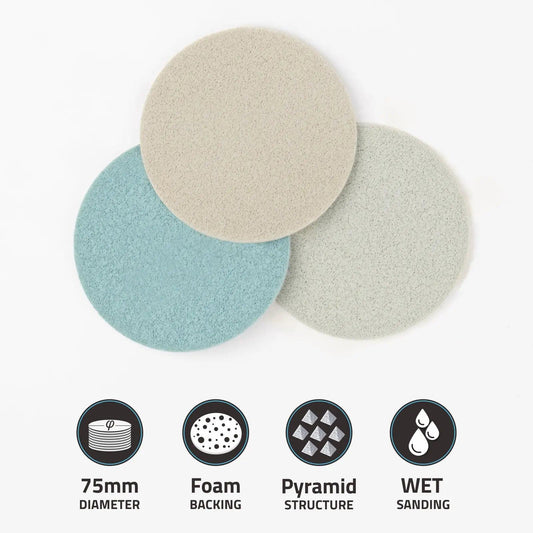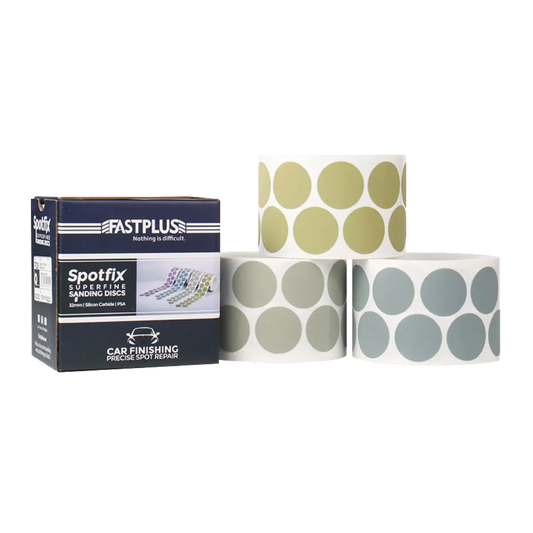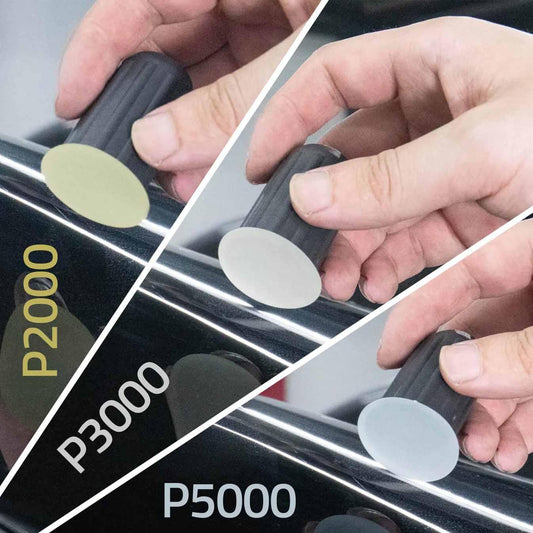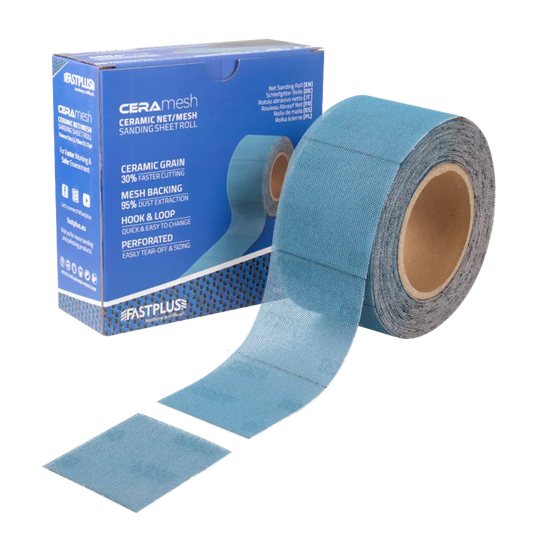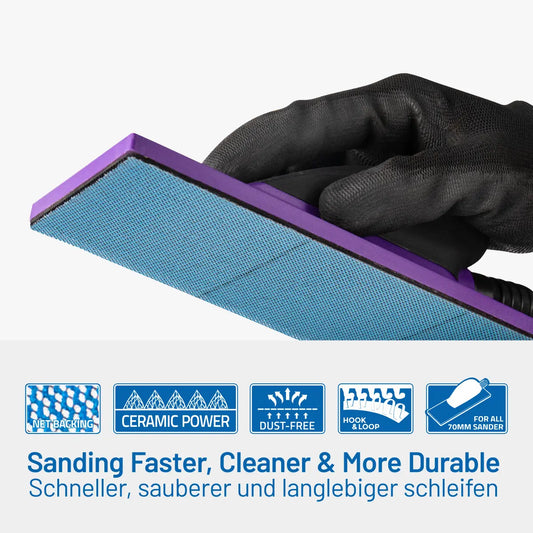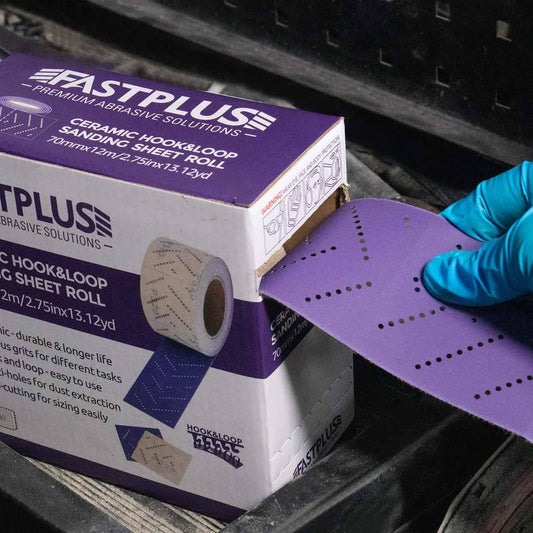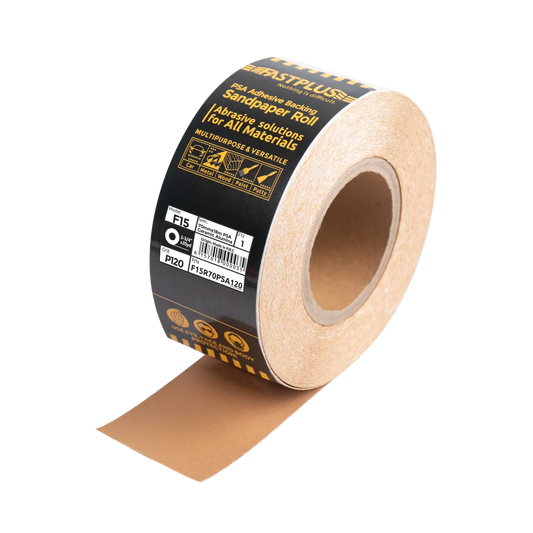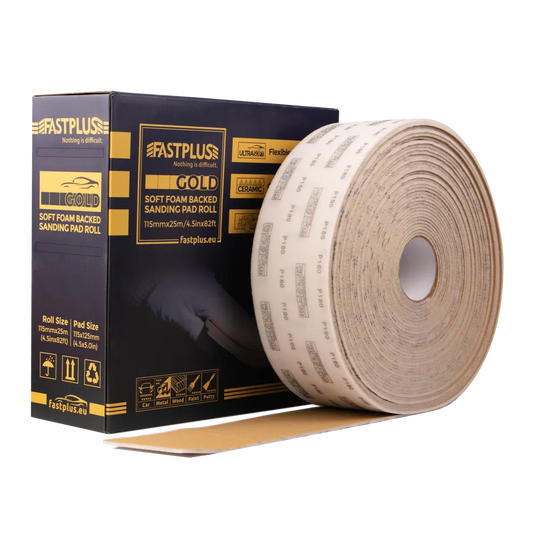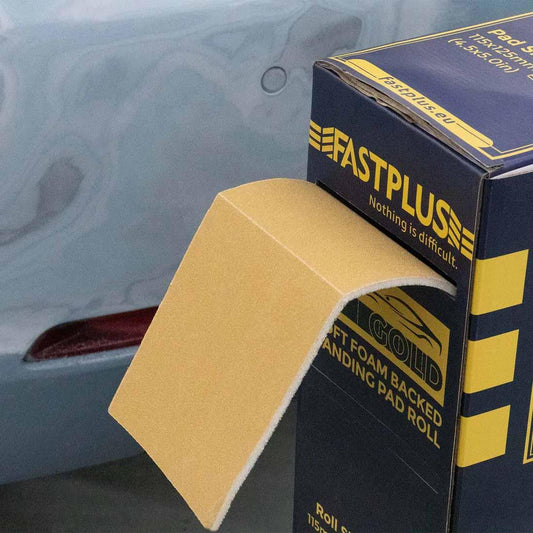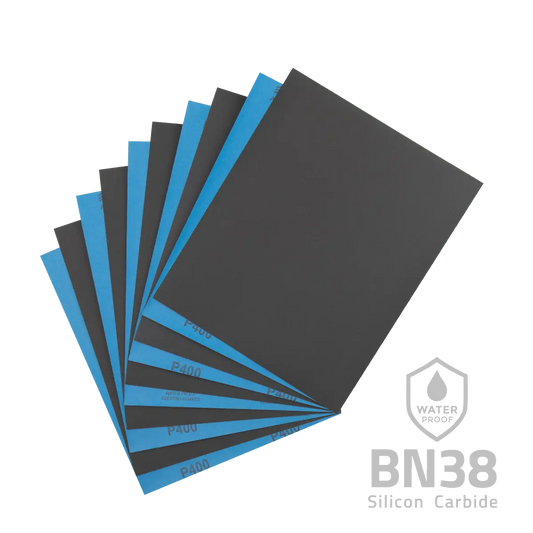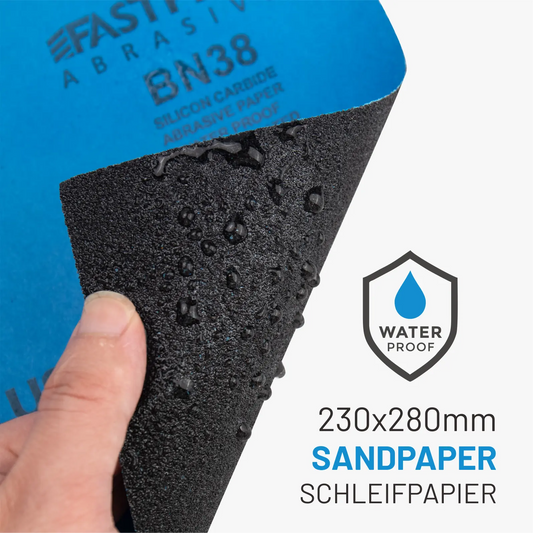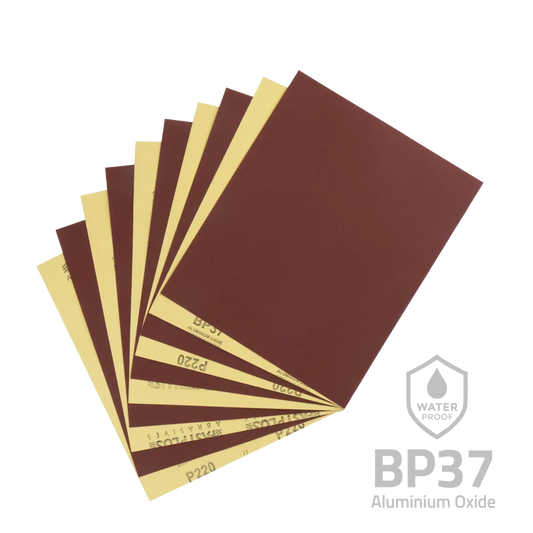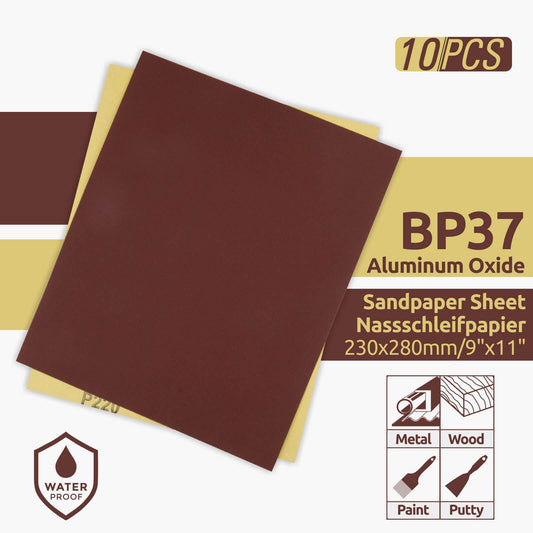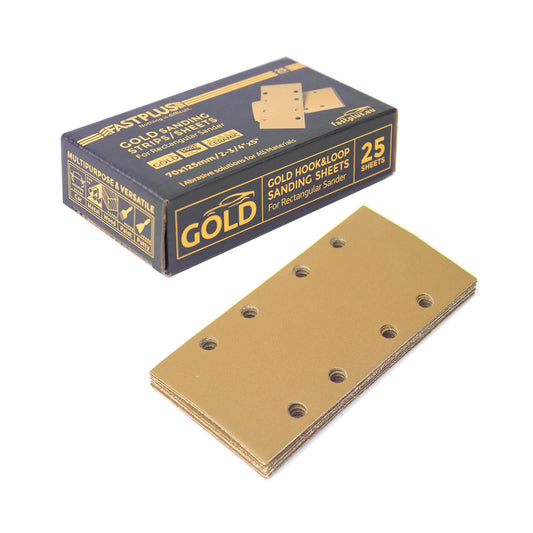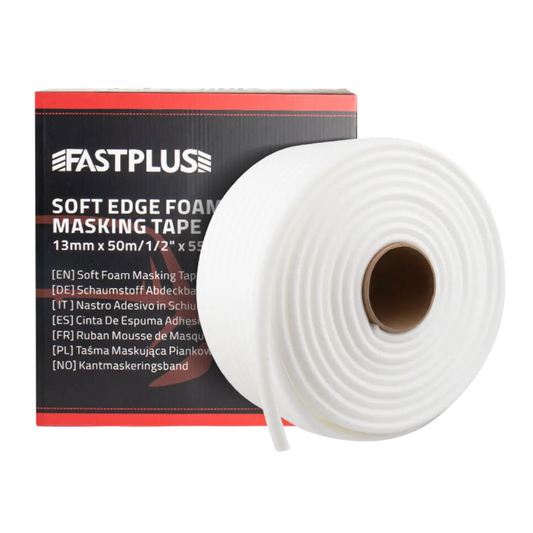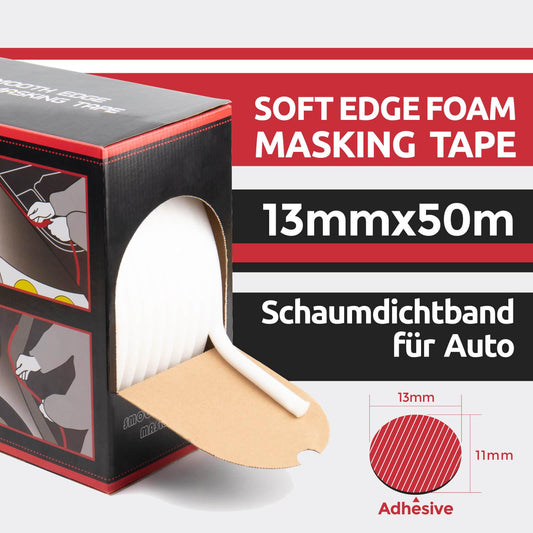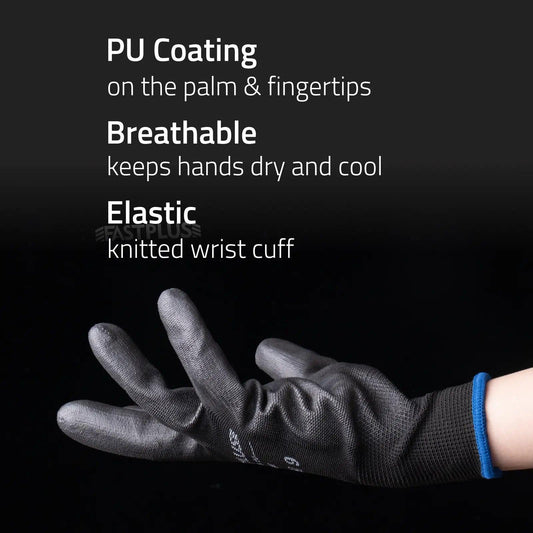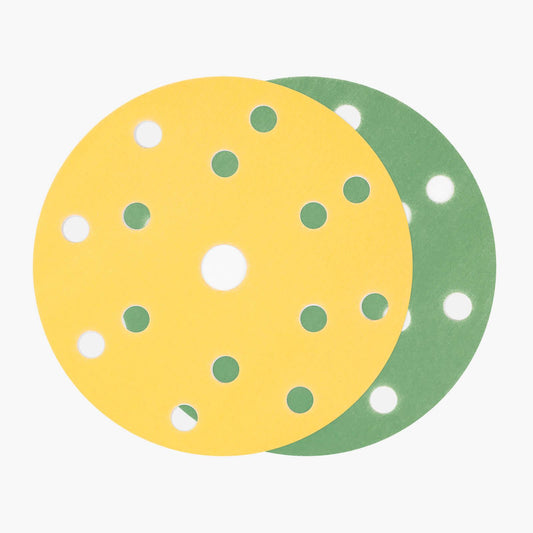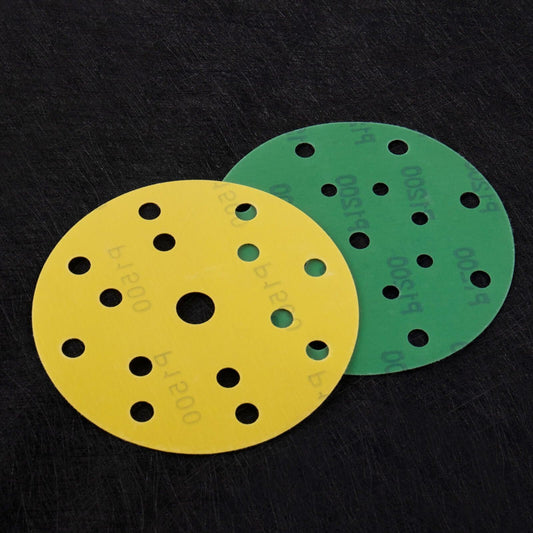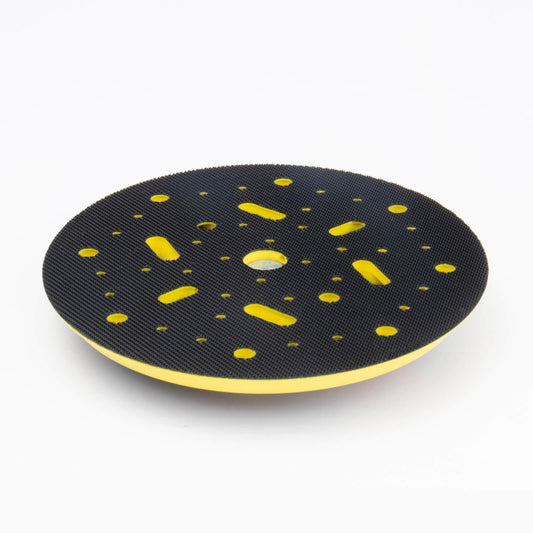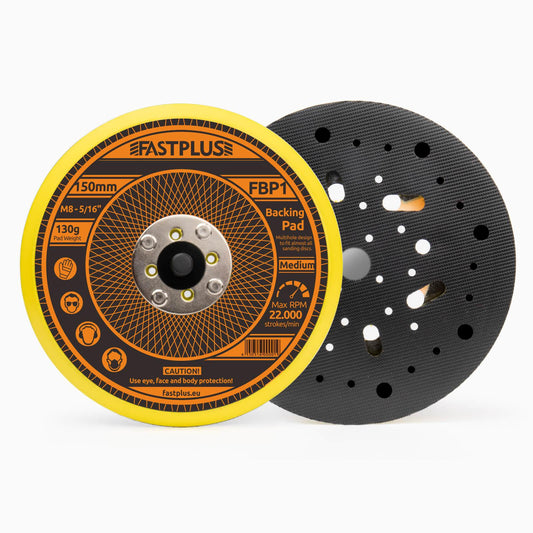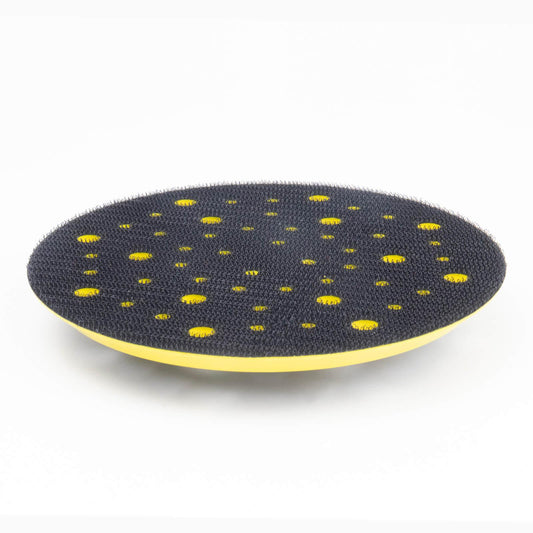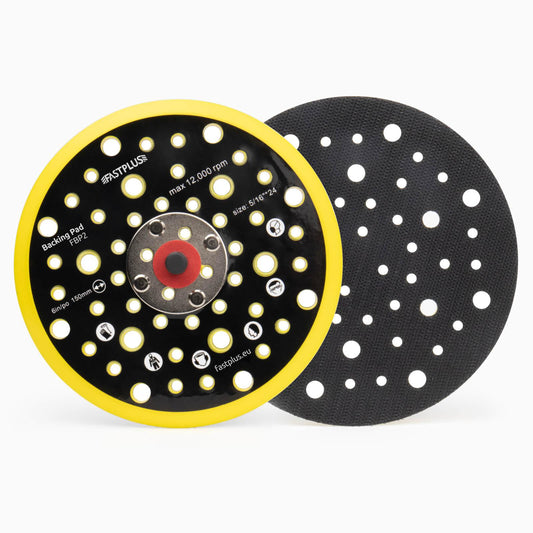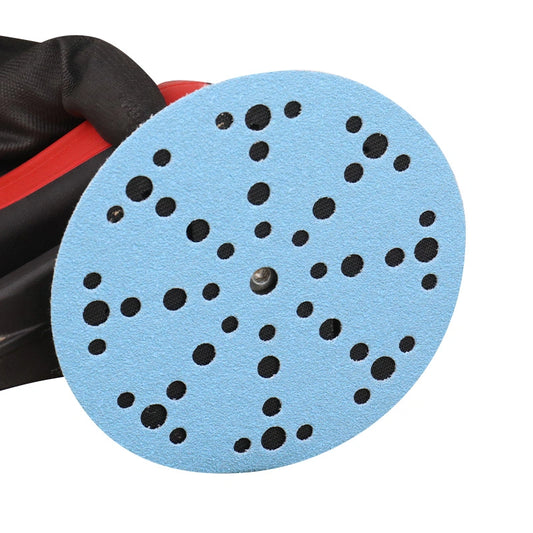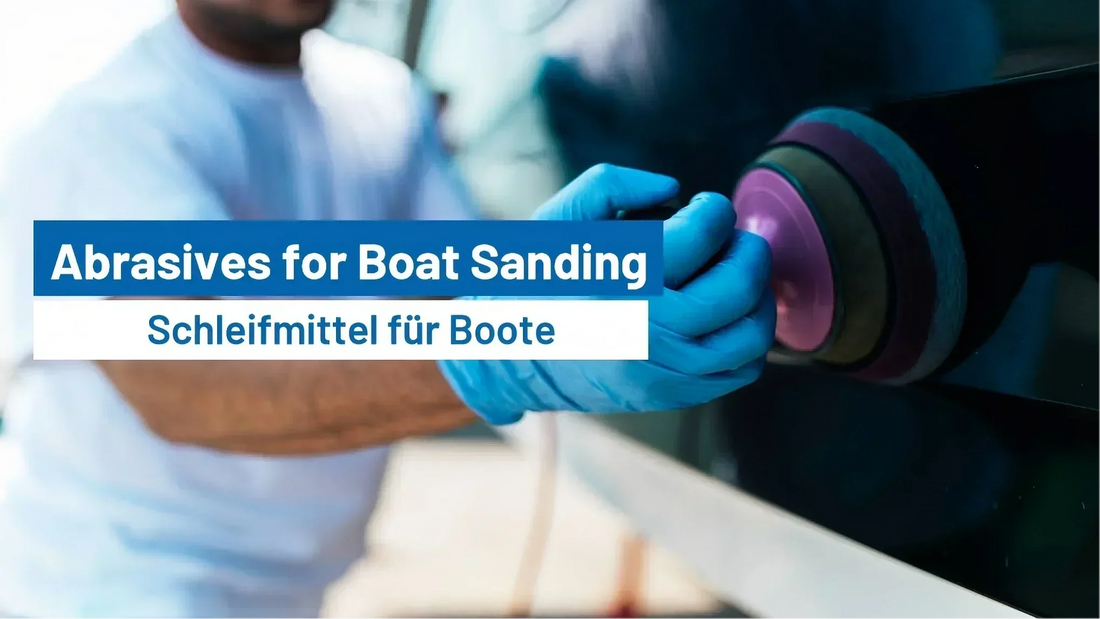
Best Abrasives for Boat Sanding: What You Really Need
When it comes to restoring or maintaining a boat, sanding is one of the most critical tasks. Whether you’re working on a fiberglass hull, wooden trim, or metal components, using the right abrasives makes all the difference. Poor sanding can lead to adhesion problems, uneven finishes, and wasted time. On the other hand, choosing the correct abrasive ensures smooth surfaces, strong coatings, and professional results.
This guide will walk you through the best abrasives for boat sanding—from surface preparation to final polish—helping you decide which tools you really need for the job.

Why Choosing the Right Abrasives Matters in Marine Work 🚤
Boats are constantly exposed to harsh environments: sun, saltwater, moisture, and abrasion. That’s why sanding a boat is not just about smoothing—it’s also about removing oxidation, prepping for coatings, and ensuring durability.
Different materials and conditions require different abrasives:
- Fiberglass hulls need clog-resistant, heat-resistant abrasives.
- Wooden surfaces require finesse to preserve grain.
- Metal parts call for powerful cutting and rust removal.
Using the wrong abrasive can damage the surface or slow your work, so it's essential to match the abrasive to the task.
Best Abrasives for Boat Sanding by Type
1. Sandpaper Sheets
Sandpaper sheets are versatile and ideal for manual use or with a sanding block. They’re commonly used for small-scale refinishing or edge work.
Use for:
- Hand sanding wood trims or corners
- Prepping tight spaces that machines can’t reach
- Wet sanding for smooth finishes
Tip: Choose waterproof aluminum oxide or silicon carbide sandpaper if you plan to do wet sanding.
2. Sanding Discs
Orbital and random orbital sanders are the go-to tools for sanding boat surfaces, and they work best with quality sanding discs. Whether you’re smoothing filler, removing oxidation, or sanding between paint coats, discs deliver speed and consistency.
Use for:
- Fiberglass hull sanding
- Between-coat sanding on primers or paints
- Gelcoat flattening or blending
For dust-sensitive sanding tasks, try our PURO Sanding Discs 150mm 119 Holes. These full ceramic discs feature a multi-hole pattern for excellent dust extraction and fit all 150mm orbital sanders. With high sanding efficiency, easy hook-and-loop changeout, and a longer service life, they’re ideal for fiberglass, wood, bare metal, primer, and paint sanding.
Available in a grit range from P40 to P800, they cover from rough sanding to medium-fine finishing stages, making them highly versatile for boat sanding projects.

3. Mesh Sanding Discs
Mesh sanding discs are made for dust-free sanding. Their net-like structure makes them especially efficient when connected to a vacuum system—making them ideal for professionals or DIYers working indoors or in enclosed marine sheds.
Use for:
- Sanding epoxy, gelcoat, or topcoat
- Reducing airborne dust when prepping large hull surfaces
- Avoiding clogging during dry sanding
Their open structure also reduces heat buildup, which is helpful when sanding delicate coatings or thermoset resins.
4. Sanding Rolls
Sanding rolls offer flexibility—literally. You can cut them to size, wrap them around custom tools, or use them for hand sanding with or without a block. They’re especially useful when working on rounded or awkward boat parts like railing, trim, or internal compartments.
Use for:
- Curved or contoured surfaces
- Custom hand sanding applications
- Wood sanding, especially on masts or spars
The Sanding Sheet Roll PURO 70mm x 12m is an excellent choice for marine woodwork and interior detailing, offering durable performance and flexibility.
5. Fiber Discs
For heavy-duty sanding, grinding, or rust removal on metal components, fiber discs are the go-to option. Used with an angle grinder, they remove material aggressively and quickly.
Use for:
- Aluminum or steel hull weld grinding
- Rust and corrosion removal
- Stripping thick layers of epoxy or paint
Choose fiber discs with zirconia or ceramic grains for optimal performance on metal surfaces.
6. Finishing Foam Discs
Our FlexPro Fine Finishing Foam Discs are a smart pick for this step. They conform well to curves and help achieve a high-gloss finish, essential for achieving that showroom-ready look on your boat’s surface.
Use for:
- Final sanding of filler before painting
- Removing dust inclusions, paint runs, and orange peel after painting
- Polishing varnished surfaces and curved parts
- Wet or dry sanding for a smooth, uniform finish
The foam discs feature durable silicon carbide abrasives and are available in grit ranges from P2000 to P5000, perfect for ultra-fine finishing and polishing tasks.

Abrasives by Boat Surface Type and Recommended Grits
Fiberglass
- P40-P80 grit: Remove oxidation, fairing compounds, or old coatings
- P120-P180 grit: Smooth surfaces for primer application
- P240-P800 grit: Final sanding before topcoat or polishing
- P2000-P5000 grit: Ultra-fine finishing and polishing
Wood
- P60-P80 grit: Strip old varnish or rough sand
- P120-P150 grit: Smooth raw wood
- P180-P220 grit: Final sanding before varnishing
- P2000-P5000 grit: Polishing varnished wood surfaces
Metal
- P36-P60 grit: Heavy rust removal and weld grinding
- P80-P120 grit: Smooth surface prep
- P150-P220 grit: Final sanding before coating
- P2000-P5000 grit: Polishing metal surfaces
Wet vs. Dry Sanding
Dry Sanding
- Fast material removal
- Useful for shaping and rough prep
- Generates dust—use vacuum or dust extraction when possible
Wet Sanding
- Creates smoother finishes
- Prevents heat buildup and clogging
- Ideal for final prep and polishing
For wet sanding, always use waterproof abrasives such as silicon carbide sandpaper sheets or finishing foam discs.
Grit Progression Strategy for Best Results
Sanding in stages from coarse to fine grit is essential for achieving a smooth, professional finish on your boat.
Example progression for fiberglass hull sanding:
- Start with P40-P80 to remove old coatings or fairing compound
- Move to P120-P180 to smooth the surface and prep for primer
- Follow with P240-P800 for primer sanding and finish prep
- Finish with P2000-P5000 for polishing and final high gloss finish
Avoid skipping grits to prevent visible sanding scratches that can ruin the final finish.
Safety Tips for Marine Sanding
- Wear protective eyewear and dust masks—marine coatings can be hazardous.
- Use vacuum-assisted sanders to reduce dust.
- Work in well-ventilated areas, especially indoors or near solvents.
Conclusion
Sanding is a vital step to keep your boat looking great and protected against the elements. Choosing the right abrasives and following the proper sanding stages makes all the difference in achieving a smooth, lasting finish.
At FastPlus, we’re committed to providing quality abrasive products that help you work smarter and achieve professional results with ease. With the right tools, maintaining your boat becomes a rewarding and efficient experience.

Ready to upgrade your sanding process? Explore FastPlus abrasives today and get your boat shining like new!
